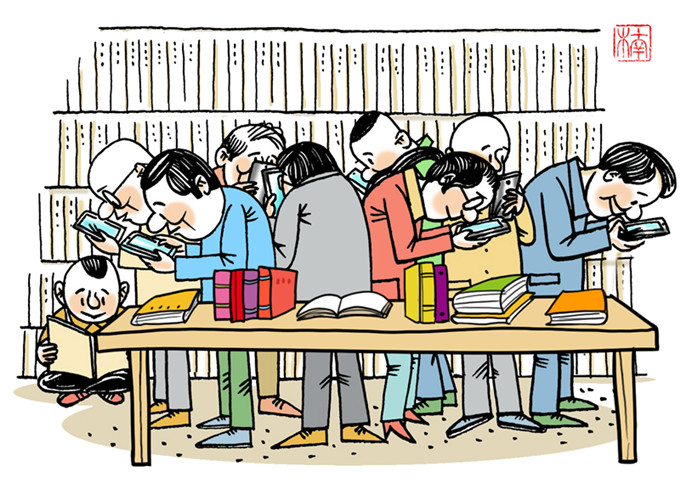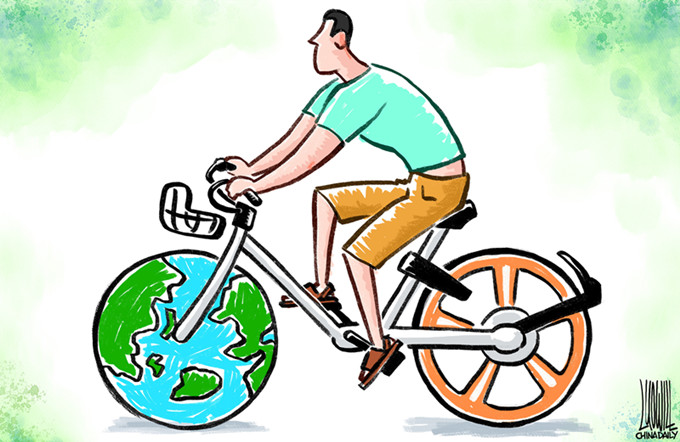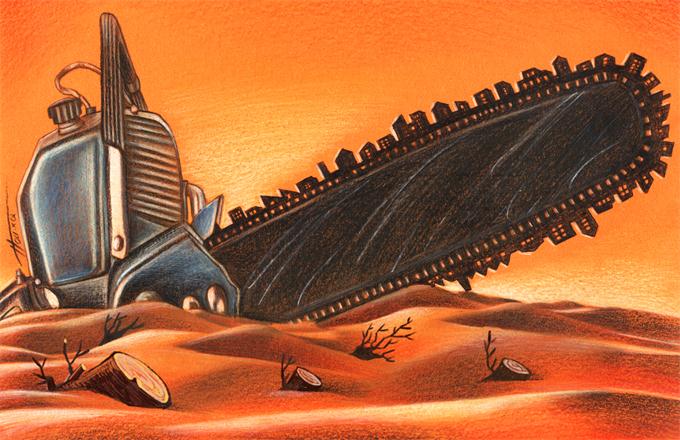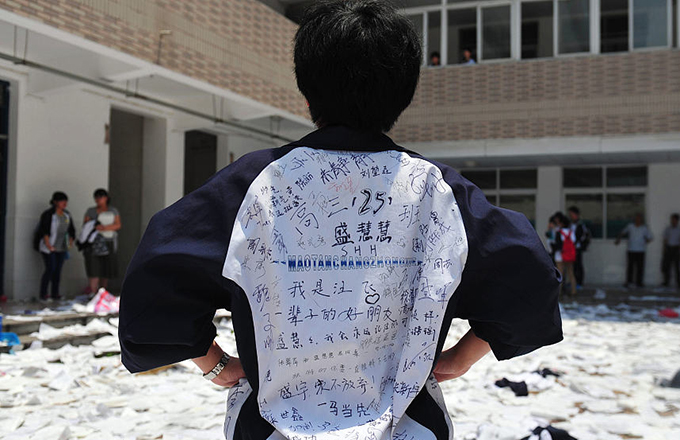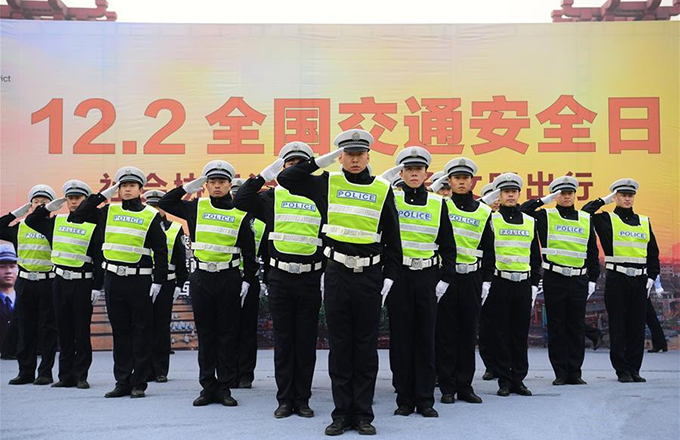China’s One Belt One Road can boost global growth
China’s One Belt One Road promises to improve global growth, as economic uncertainty runs high and growth remains at relatively lower levels. China has acted as the world’s engine of growth, and its contribution to the global economy through the One Belt One Road initiative has the potential to act as a stimulus for other nations across its wide reach.
One Belt One Road (OBOR) has been in existence for less than four years, and strives to undertake projects to connect China and Iran, Laos, Thailand, and Indonesia by rail, to set up economic corridors that promote industry and infrastructure, and to create a network of sea ports in the South China Sea, Indian Ocean, and Eastern Africa. Much of the OBOR project allows for greatly enhanced transportation of people and cargo, promoting economic efficiency. OBOR also aims to promote industrialization in underdeveloped countries.
Some of the projects within OBOR have already been completed or are almost finished. For example, China has funded and engaged in construction in the port of Gwadar in Pakistan and on the Gwadar Special Economic Zone. China has already developed Myanmar’s hydroelectric power sector and constructed a natural gas pipeline connecting the two countries. The longest railway tunnel in Central Asia, the Kamchiq Tunnel,has already been completed by China Rail Group Limited. This means that transportation and production along these new routes has the opportunity to arise now or in the near future.
New construction projects have been consistently announced. When President Xi traveled to the Maldives in 2014, for example, the Maldives-China Friendship Bridge project that will link the airport island with the capital was announced. China agreed on a deal with Sri Lanka in late 2016 to develop the port of Hambantota and construct an industrial zone in the vicinity.
Many of the countries receiving funding and construction capacity from China are in dire need of economic growth. These include Indonesia, Mongolia, and Bangladesh, where China is constructing high speed rails, Pakistan, where China is building an expressway linking the two largest cities, Tanzania, Mozambique, and Kenya, where China is creating ports, and other low income countries. In these countries, the standard of living is low, decent jobs are often hard to come by, and industrialization remains at low levels. Such poor countries lack public or private funds for infrastructure investment, which generates a vicious cycle of poverty because there are no means to transport goods abroad to produce much-needed growth.
As developing countries gain access to international markets, they will also bring about growth in China and among developed countries. China stands to gain as project investments yield returns and provide jobs for construction industry workers. OBOR will also support production of commodities like steel and cement, buoying producer prices and potential domestic investment. Developed countries will benefit from China’s increasing wealth and rising imports, as well as from expanding opportunities in OBOR countries, as infrastructure in low income countries builds.
While developed countries like the United States have turned inward, China is on the forefront of expanding investment and trade across many world regions. China’s growth machine is therefore spreading to Africa, Asia, and Europe. This is not an easy task, and faces political and economic risks in other countries. However, as part of President Xi Jinping’s vision, One Belt One Road has strong momentum behind it, with sufficient financial, logistical, and practical backing to overcome many obstacles. Construction is being carried out rapidly, in time to prompt much-needed global growth in a period of economic challenges.
Sara Hsu is an assistant professor of economics at the State University of New York at New Paltz, USA.







